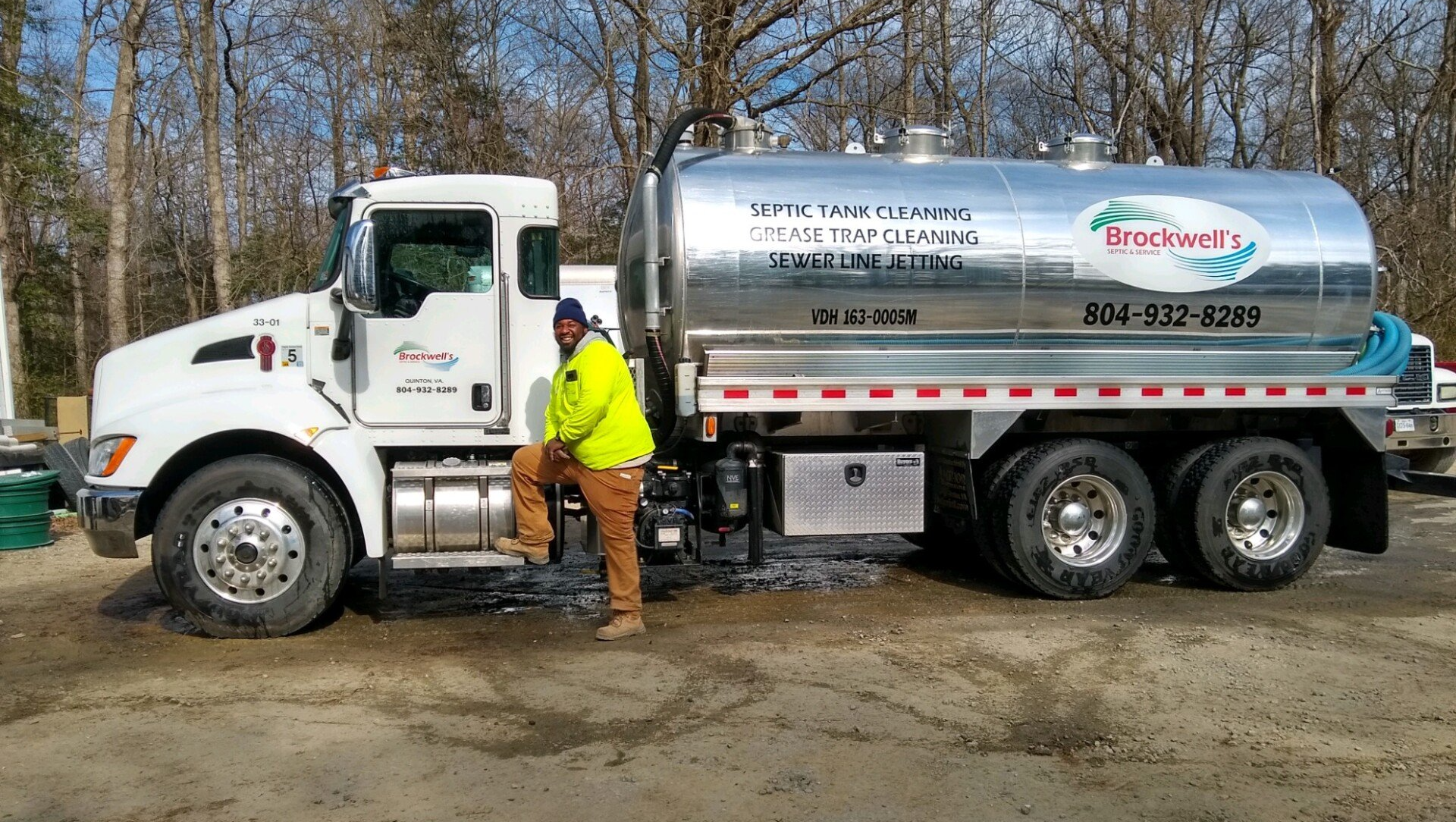Understanding Our Septic Services
- What is an on-site septic system?
To dispose of septic waste, a home or business has to be hooked to either “the big pipe” which sends waste to a public treatment facility or to a treatment system that’s on the property. An on-site septic system treats the waste just as the larger, public facility but on a smaller scale. An on-site septic system separates the solids, neutralizes pathogens, and then reintroduces the water back into the environment.
- What are the septic system components?
All septic systems have pretreatment and treatment components which can vary according to the level of pretreatment required and component manufacturer. A poor soil condition or limited yard space requires greater pretreatment of the waste. Regardless of system design, all systems perform the same ultimate job of treating the waste and reintroducing the water back into the environment. With most septic systems, pretreatment begins with a septic tank which allows solid waste to separate from the liquid waste. As waste enters a septic tank water exits the tank and travels to a distribution box(es) which spreads the water to the drain field. The drain field is the final treatment stage of the process.
- Where is my septic tank?
The location of each septic system varies with each household. The determining factors are well location (including neighbors), yard topography, and soil conditions. Each locality is different but the septic tank generally needs to be at least 10’ from the house and property line and 50’ from the well. We generally start our search near a bathroom window on the opposite side of the house from the well. Another useful guide is to locate where the sewer pipe exits the house which gives the general direction of the tank.
- How often should I clean my septic tank?
Every household is different and there is no exact schedule that we can all follow. What we go by is a rule of thumb that a typical family of four should clean their tank every 3-5 years. If a household lies within the Chesapeake Bay Preservation Act area then Virginia requires that the septic tank be either inspected for cleaning or cleaned every 5 years. If we know how long it has been since a tank’s last cleaning, then we can make recommendations for future cleanings based on a current condition.
- What should I put in my septic tank to help break down the waste?
Generally, we do not recommend any sort of bacteria or enzyme additive to be put into a septic tank because under normal conditions they are unnecessary. Our digestive tracts supply the bacterial needs of the septic tank so there should always be enough bacteria in a tank based on the number of people in the house. The only times we recommend any sort of bacterial additive is if someone in the house is taking medications that kill the bacteria in their body (i.e., antibiotic, chemotherapy, or radiation therapy) or if excessive amounts of household cleaners or harsh chemicals are put into the tank. When we encounter a “dead” septic tank we notify the homeowner that bacterial additives should then be introduced into the septic tank.
For proper septic tank maintenance, our recommendations focus more on what not to put into a septic tank such as garbage disposal waste, grease, chemicals, baby wipes (including those advertised as safe for septic tanks), cigarette butts, dental floss, trash, or anything else that has not passed through our bodies. Septic tanks are part of the pretreatment system and these items inhibit the tank from doing an already sensitive job.






